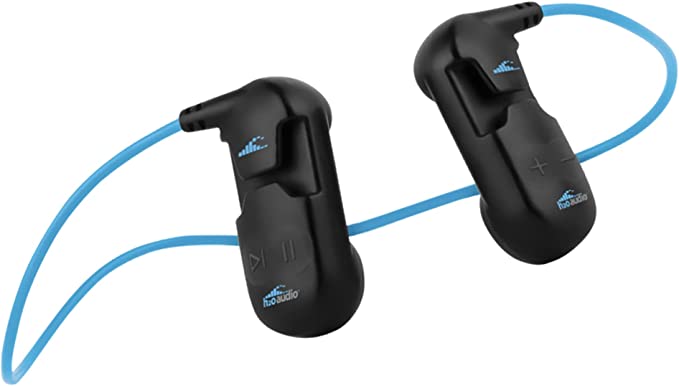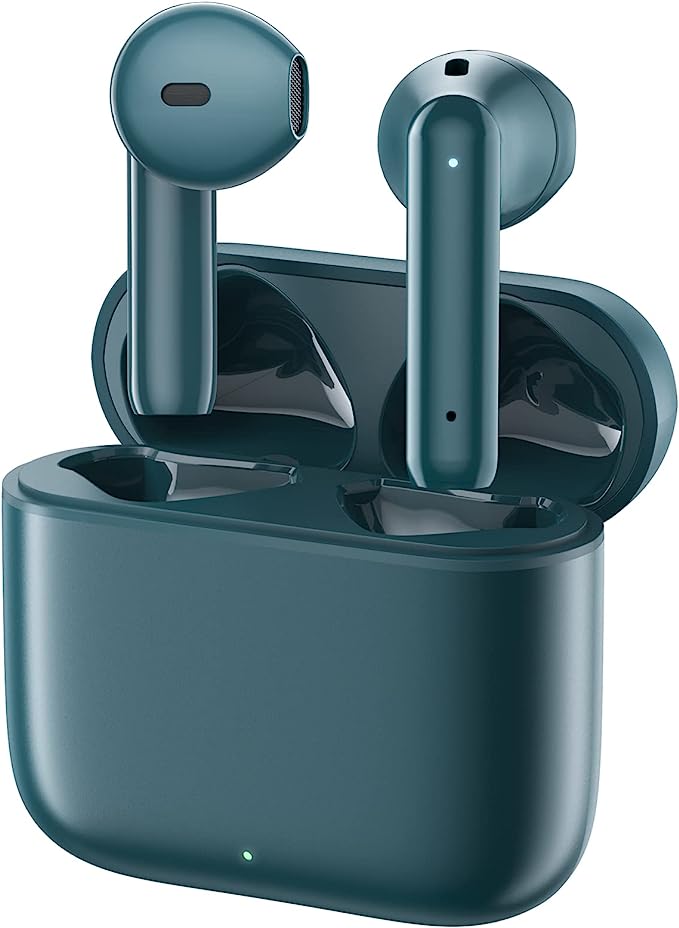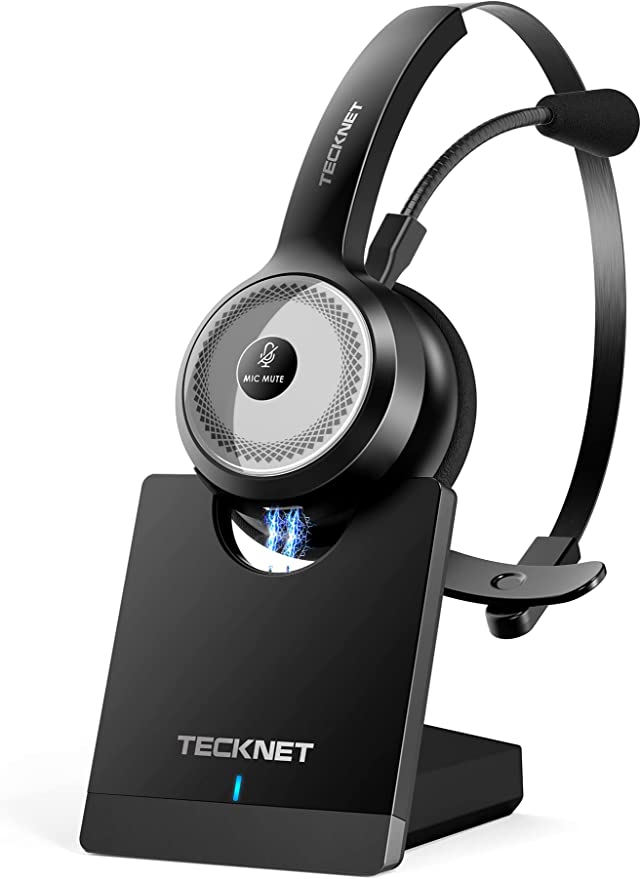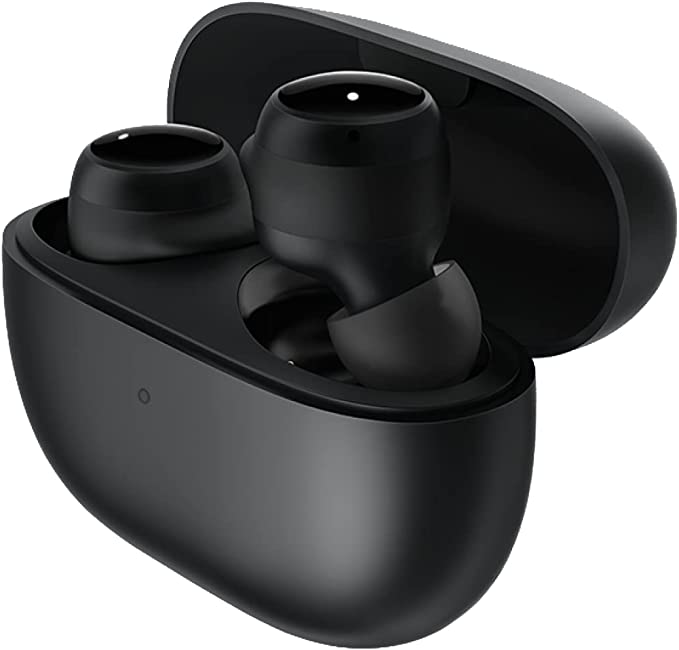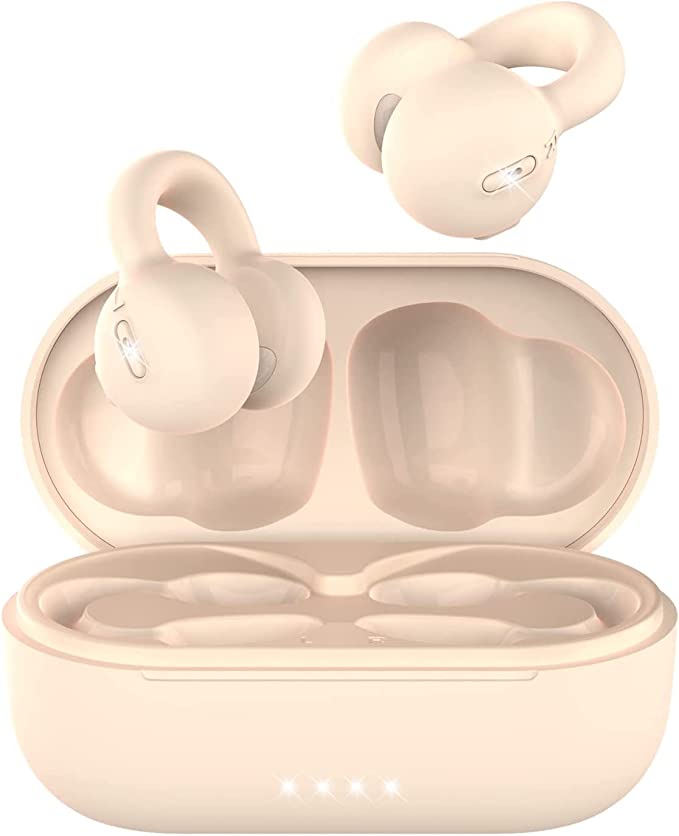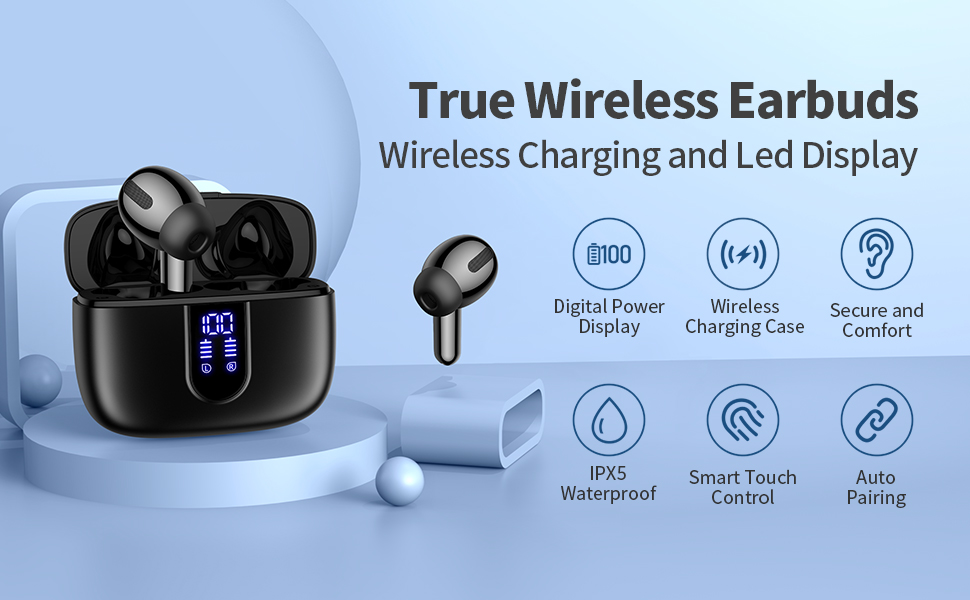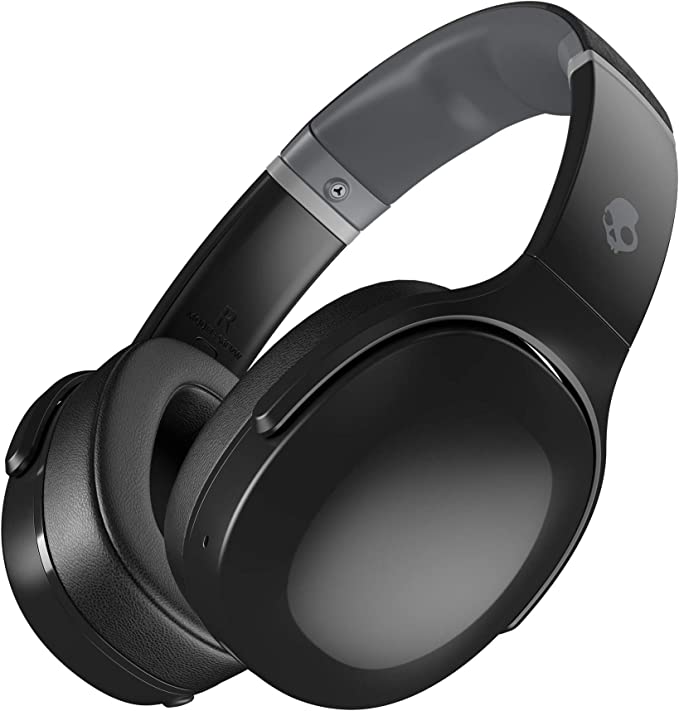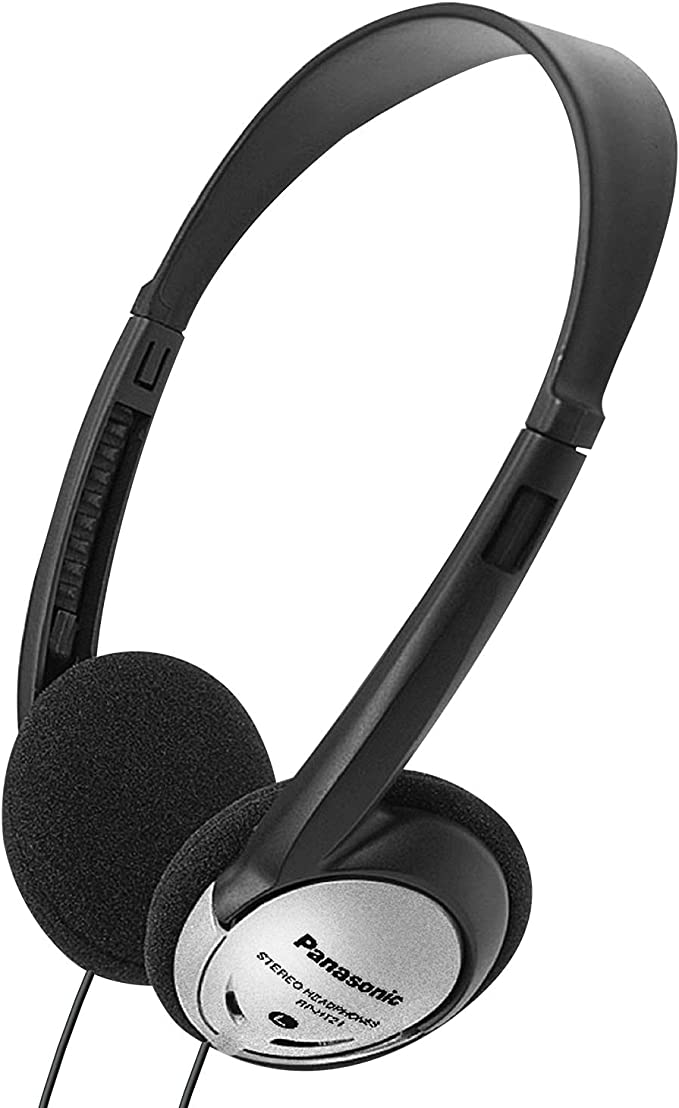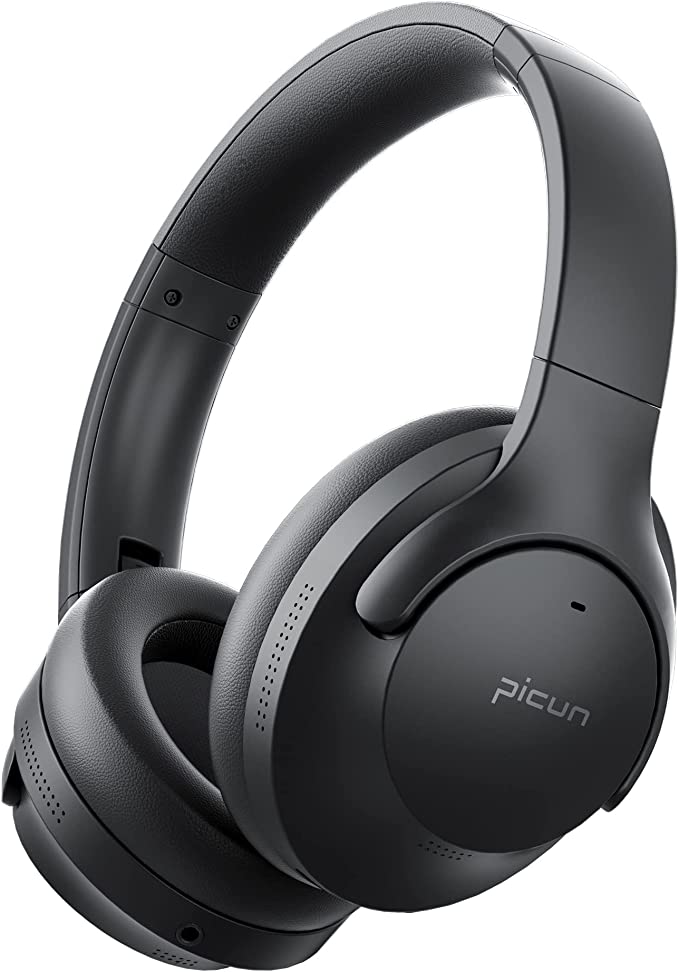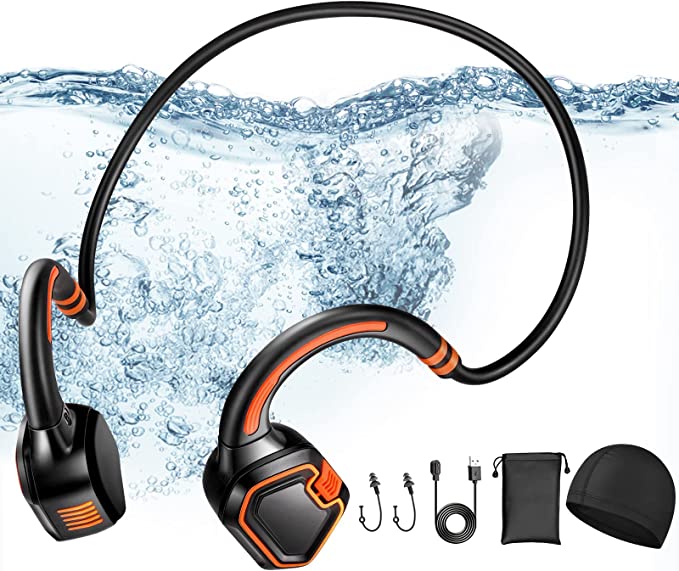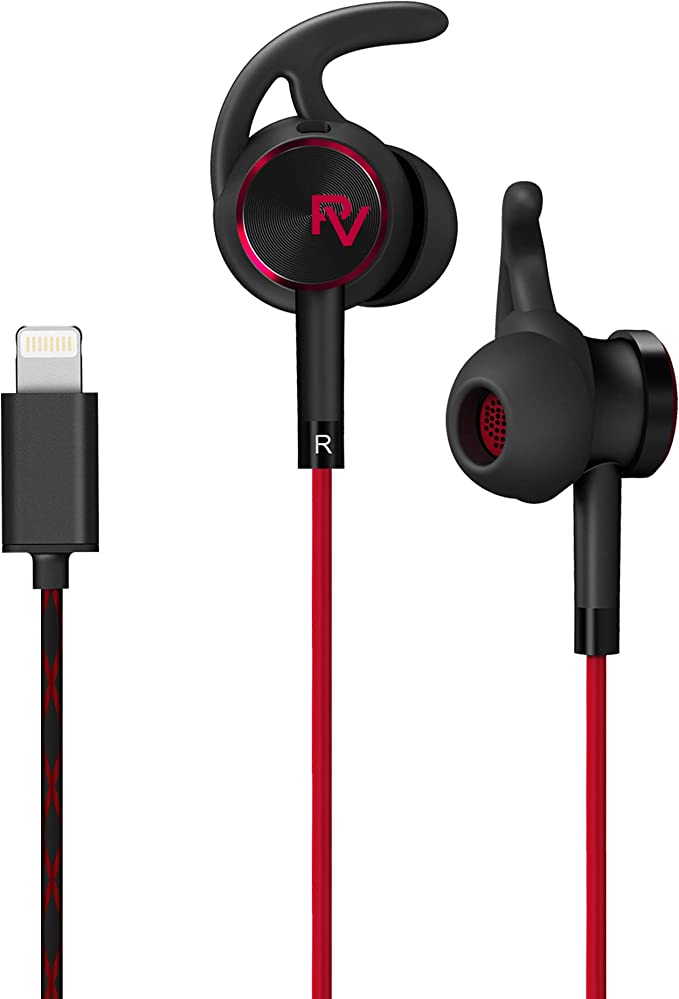The Physics of the Pool: Why Wireless Audio Fails Underwater
Update on Dec. 20, 2025, 8:51 a.m.
We live in a wireless age. Our data streams invisibly through the air, passing through walls, glass, and even our own bodies. Yet, dip a state-of-the-art smartphone just a few inches below the surface of a swimming pool, and it goes silent. The connection severs instantly.
This phenomenon is not a failure of product design; it is a fundamental law of physics. For swimmers seeking a soundtrack to their laps, understanding this limitation is key to finding the right equipment. It explains why devices like the AOSMAN AS29 Swimming Headphones must adopt a hybrid architecture—combining modern Bluetooth with “retro” local storage—to function in the aquatic realm.

The Molecular Barrier: Why Water Kills Bluetooth
Bluetooth operates in the 2.4 GHz ISM band (Industrial, Scientific, and Medical). This frequency was chosen for its global availability and balance between range and data rate. However, it shares this frequency with another common household appliance: the microwave oven.
Microwave ovens work because water molecules are dipoles—they have a positive end and a negative end. When exposed to an electromagnetic field oscillating at 2.4 GHz, these molecules rotate rapidly to align with the field. This rotation creates friction, which generates heat. In doing so, the water molecule absorbs the energy of the wave.
When you try to transmit a Bluetooth signal through a swimming pool, the pool acts like a giant, cold microwave oven. The water molecules eagerly absorb the radio frequency energy. * Attenuation Rate: The signal loss is catastrophic. A standard Class 2 Bluetooth signal (typical for phones and headphones) is attenuated by water so effectively that it cannot travel more than a few centimeters. * The Interface Problem: Even if the signal could travel, the transition from air to water causes significant reflection, bouncing much of the signal away before it even enters the liquid.
Therefore, “Underwater Bluetooth” is a physical impossibility with current consumer technology. No software update or chip upgrade can change the molecular structure of water.
The Engineering Workaround: Local Storage
Since the signal cannot travel through the water, the data must travel with the swimmer. This necessitates a return to a technology many consider obsolete: Local Storage.
The AOSMAN AS29 features 16GB of built-in memory. In the context of a dry gym, this might seem redundant when Spotify exists. In the pool, it is the only lifeline. By storing the MP3 files directly on the headset’s motherboard, the device eliminates the need for radio transmission entirely. The signal path is reduced from meters (air) to millimeters (circuit board to driver).
This architecture transforms the device from a “receiver” (dependent on a phone) to a “player” (independent). It is a prime example of environment-driven engineering: the medium (water) dictates the feature set.

Waterproofing: The Challenge of Pressure
Beyond connectivity, the pool presents a mechanical challenge: Hydrostatic Pressure.
Standard “water-resistant” electronics (IPX4/5) are designed to shed rain or sweat. They rely on surface tension to keep droplets out of mesh grilles.
Swimming is different. As you dive or push off a wall, dynamic pressure spikes. A device must be hermetically sealed to withstand this. The IP68 rating of the AS29 indicates it is dust-tight (6) and suitable for continuous immersion (8). * Magnetic Charging: To achieve this, engineers often eliminate open ports (like USB-C) which are difficult to seal. Magnetic pogo-pin charging allows the casing to remain a solid, unbroken shell, removing the most common point of failure.
Conclusion: Respecting the Elements
The swimming pool is a hostile environment for electronics. It blocks our signals and tries to crush our seals. Designing for this space requires humility—an acknowledgement that we cannot bend physics to our will.
The AOSMAN AS29 succeeds not by trying to force Bluetooth through water, but by adapting to the reality of the medium. It reminds us that in specialized environments, specialized tools are required. Sometimes, to move forward (underwater), we must look back (to MP3s).
